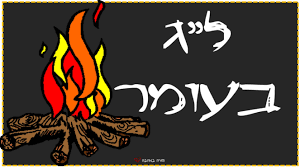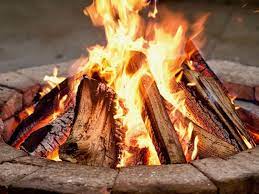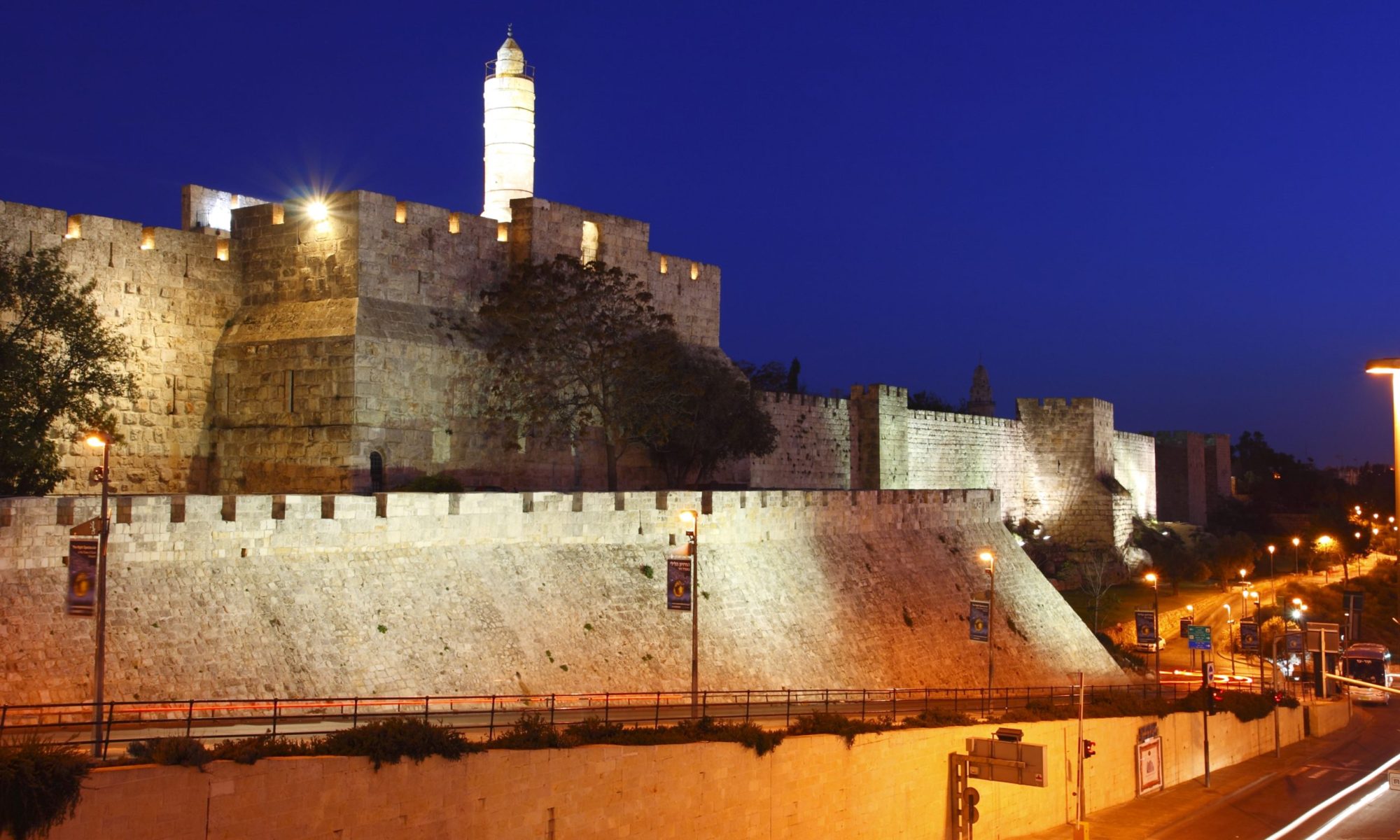
Lag Ba’Omer
Thursday, April 29, 2021 is the Jewish holiday of Lag Baomer.
Go to our website www.israelwithmoshe.com and visit the “Jewish Holidays” video series

From the day after the Sabbath, the day you brought the sheaf of the wave offering, count off seven full weeks. Count off fifty days up to the day after the seventh Sabbath, and then present an offering of new grain to the Lord (Leviticus 23: 15-16)
Lag Baomer is the 33rd day of this count, from Passover to Shavuot (Petecost)
In Israel, after Passover the school year is practically over. This is not only because summer is around the corner, but also because almost every week until summer is punctuated with days off from school due to holidays and commemorative days.
We mark Passover, Yom HaShoah (Holocaust Remembrance Day), Yom HaZikaron (Israel Memorial Day), Yom HaAtzmaut (Israel Independence Day), Lag B’Omer, and Shavuot (the Festival of Weeks) in the span of seven weeks. We are currently in the middle of this time period, and the countdown to summer vacation has already begun!
In Leviticus 23:15-16 the Bible tells us, “From the day after the Sabbath, the day you brought the sheaf of the wave offering, count off seven full weeks.Count off fifty days up to the day after the seventh Sabbath, and then present an offering of new grain to the Lord.” These verses direct us to count the 50 days between Passover and The Festival of Weeks. In Hebrew, the offering that marks the beginning of the counting is called the “omer,” and counting these 50 days is known as “sefirat ha’omer,” which means, “counting of the Omer”
Counting of the Omer is an important verbal counting of each of the forty-nine days starting with the Wace offering of a sheaf of ripe grain with a sacrifice immediately following the commencement of the grain harvest, and the First Fruits festival celebrating the end of the grain harvest, known as Feast of Weeks/Shavuot/Pentecost (Deuteronomy 16: 9-12, Leviticus 23: 10-16) or in the varying current Jewish holidays traditions, the period between the Passover or Feast of Unleavened Bread, and Shavuot. This is the second of the three annual feast periods from the Bible.
The idea of counting each day represents spiritual preparation and anticipation for the giving of the Torah which was given by God on Mount Sinai at the beginning of the month of Sivan, around the same time as the holiday of Shavuot. Thus the Counting of the Omer demonstrates how much a Jew desires to accept the Torah in their own life.
The period of counting the Omer is also a time of semi-mourning, during which traditional Jewish custom forbids haircuts, shaving, listening to instrumental music, or conducting weddings, parties, and dinners with dancing. Traditionally, the reason cited is that this is in memory of a plague that killed the 24,000 students of Rabbi Akiva (ca. 40–ca. 137 AD).
According to the Talmud, 12,000 pairs of Torah study partners, 24,000 in all, were killed (they were either killed by the Romans during the Bar Kochba revolt 132–136 AD or they died in a “plague”) as a sign of Divine anger during the days of the Omer-counting for not honoring one another properly as befits Torah scholars.
Lag BaOmer, the thirty-third day of the Counting of the Omer, is considered to be the day in which the plague was lifted, (and/or the day in which the rebellion saw a victory during the uprising of Bar Kochba) so on that day, all the rules of mourning are lifted.
The Jewish calendar is largely agricultural, and the period of Omer falls between Passover and Shavuot. On Passover there is a shift from praying for rain to praying for dew and this coincides with the growth period for the fruit of the season. Shavuot is the day of the giving of the first fruits (bikkurim). The outcome of the season’s crop and fruit was still vulnerable during this period. Over these seven weeks, daily reflection, work on improving one’s personality characteristics (middot) and potential inner growth from this work on one self was one way to pray for and invite the possibility of affecting one’s external fate and potential – the growth of the crop and the fruit of that season.
Although the period of the Omer is traditionally a mourning one, on Lag BaOmer Jews can do actions that are not allowed during mourning. Many Religious Zionists trim their beards or shave their growth, and do other actions that are typically not allowed during the mourning period, on Israel’s Independence Day.
Besides being the day on which the plague affecting Rabbi Akiva’s students ceased, Lag Baomer is traditionally observed as marking the commemoration of the death of Rebbi Shimon Bat Yochai, a famous 1st-century Jewish sage in ancient Israel. After the death of Rabbi Akiva’s 24,000 students, Rabbi Akiva taught five students, among them Rebbi Shimon. The latter went on to become the greatest teacher of Torah in his generation. According to tradition, on the day of his death, he revealed the deepest secrets of the Torah in a Kabbalistic work called the Zohar.
According to the Zohar, Rabbi Shimon’s house was filled with fire and light that entire day as he taught his students. At the end of the day, the fire subsided and Rabbi Shimon died.

On successive years, his students sought to recreate that experience of light and mystical revelation by kindling bonfires and studying the Zohar in the light of the flames.
Although the anniversary of the death of a righteous person is usually a mournful day, the anniversary of Rebbi Shimon’s death on Lag BaOmer is a festive one. Bonfires are lit and people sing and dance by the flames. Weddings, parties, listening to music, picnics, and haircuts are commonplace.
According to the Talmud, Rebbi Shimon bar Yohai criticized the Roman government and was forced to go into hiding with his son Elazar for thirteen years. They sheltered in a cave (which local tradition places in Peki’in). Next to the mouth of the cave a carob tree sprang up and a spring of fresh water gushed forth. Provided against hunger and thirst they cast off their clothing except during prayers to keep them from wearing out, embedded themselves in the sand up to their necks, and studied the Torah all day long. He and his son left the cave when they received a Heavenly voice saying that the Roman Emperor had died and consequently all his decrees were abolished. According to tradition, they left their place of hiding on Lag BaOmer, and while when they were in hiding in the cave they studied Torah together in their cramped space accepting each other’s presence and from that study there came forth the basis of the Zohar‘s mystical revelations which in a sense was regarded as a “replacement” for the Torah that was “lost” as a result of the death of the 24,000 disciples of Rabbi Akiva. This is another reason to celebrate the “light” of the Zohar which means “splendor” or “radiance” in Hebrew.
The period of the counting of the Omer is considered to be a time of potential for inner growth – for a person to work on one’s good characteristics through reflection and development of one aspect each day for the 49 days of the counting.
Spiritual Preparation
According to Jewish tradition, the origin of this counting goes back to the very first Passover. Right after the Israelites left Egypt, Moses informed them that they would be receiving the Word of God seven weeks later. The Israelites were so excited to receive the Bible that they counted the days until the day of Revelation arrived. During that time, the Israelites also prepared spiritually. Since then, the Jewish people have counted these 50 days and designated them as a time for spiritual growth and development.
The Jewish people count up the days until The Festival of Weeks, starting with day number one and ending at day 50, not like when you are counting down towards something.
When we count down the days to an anticipated event, it increases the how we perceive the value of the coming day. But at the same time, it decreases the value of all the days in between. If day 10 is just a day that I must make it through in order to get to day 25, then I have robbed day ten of its intrinsic value. When we count down the days to an event, we can mistakenly relate to those days as obstacles in our way, when the truth is that each day is a priceless gift from God.
Growing Closer to God
This is why we count up towards Shavuot. It expresses our excitement for this special day without diminishing the days that lead up to it. Just as the ancient Israelites used these 50 days to prepare for receiving the Bible, we see each day as an opportunity for spiritual growth. Starting at day one, we grow a bit more each day so that by day 50, we have truly transformed. By counting up the days to Shavuot, we make every day count.
It is wonderful to have good times to look forward to, but let’s not forget the value of each and every moment.
Every day is an opportunity to bless others and grow closer to God. Every day is a chance to make a difference in the world and to make our lives matter. And if we have learned anything in the past year it is that every day is a precious gift from God, filled with His abundant blessings. Let us say as King David said, “This is the day the Lord has made, we will rejoice and be glad in it” (Psalms 118: 24).
The best way to thank God for another day is to make the most of it!
Make your Mother’s Day shopping in our store today

